Bushwalking In Jindalee National Park
We went Bushwalking In Jindalee National Park along the Scotts Loop And Echinda Track. The walk is a 5.6km loop trail near Cootamundra New South Wales. Generally considered a moderately challenging route. This track is great for mountain biking and it’s unlikely you’ll encounter many other people while exploring.
We used the AllTrails App to find the walk as well as map our progress. We find the AllTrails App to be an excellent guide while walking. It lets you know exactly where you are on the track so there’s little to no chance of getting lost. Amanda and I are fairly experienced walkers however the app gives us an added level of safety and security. It’s also a great way of finding walks that you otherwise never know existed.
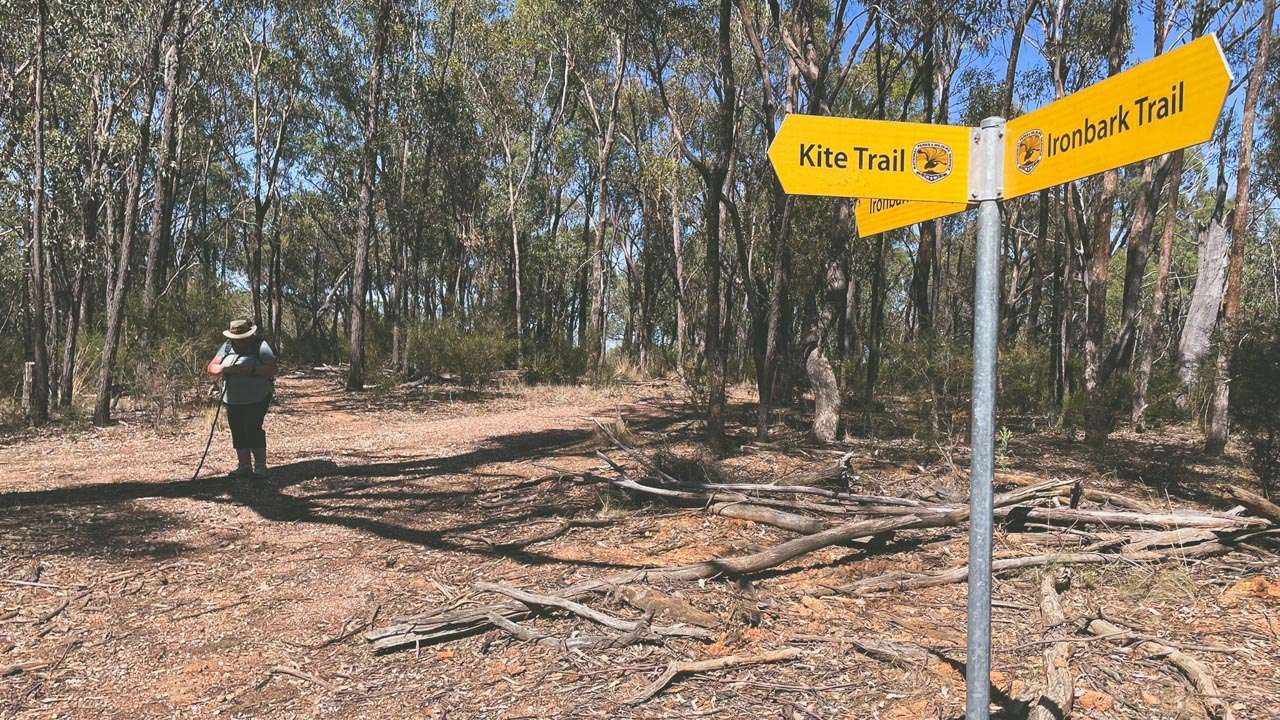
Kite Trail And Ironbark Trail Intersection
Jindalee National Park lies on the South West Slopes of New South Wales, ten kilometres north of Cootamundra. Burley Griffin Way runs along the northern boundary of the park. Jindalee National Park is less than 15 minutes drive from our house in Cootamundra NSW. It’s a great place for a visit especially if you are into bush walking or mountain biking.
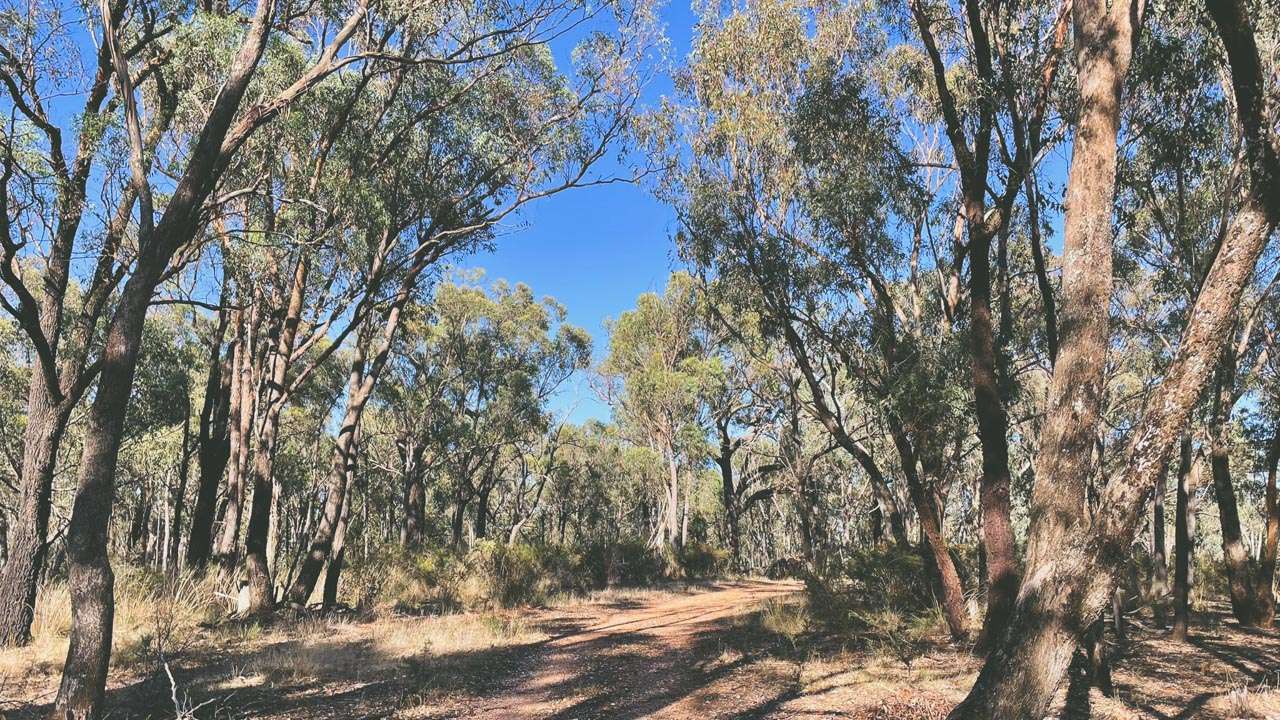
Scotts Loop The Valley And Echidna Track
Jindalee National Park History
A forest reserve was established in 1877, and in August 1918, it was reclassified as a state forest. To protect remaining cypress pine woodlands across New South Wales from clearing, the park was reserved under the National Park Estate (South-Western Cypress Reservations) Act (2010) in January 2011.
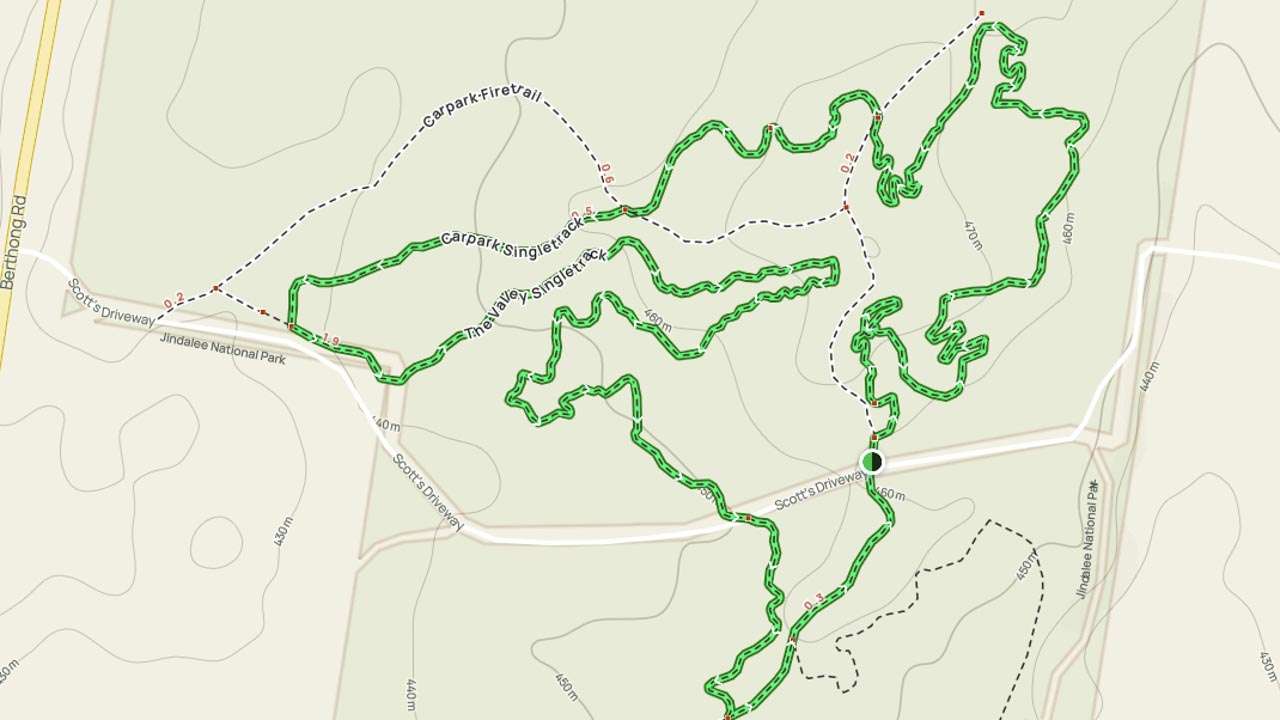
Jindalee National Park Map Scotts Loop The Valley And Echidna Track
Park Features
A strip of private farmland along Berthong Rd separates the park into two parts. Numerous minor drainage lines dissect the undulating terrain. Historically the state forest has been a popular place for motorbike riding and, in later years, mountain biking. As a result of the reservation, all of the existing roads within the park remain accessible to public vehicles, however all vehicles must be registered and their use is limited to the established trails.
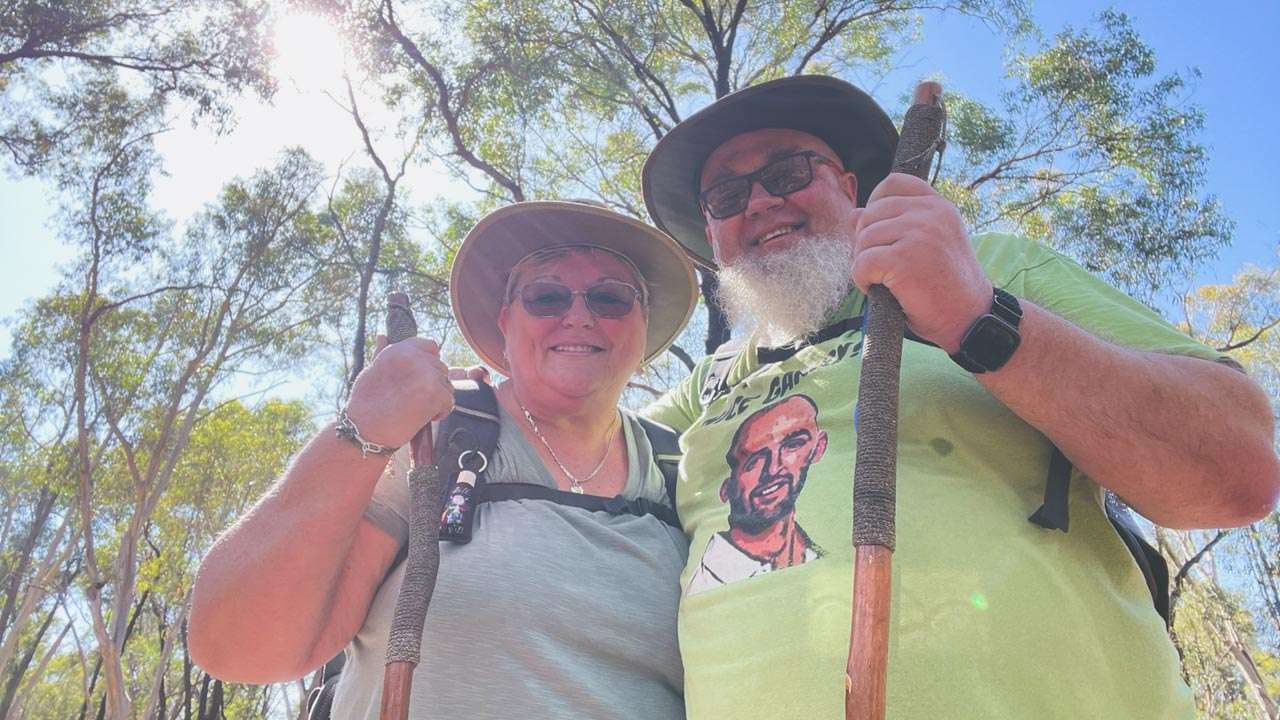
David And Amanda Walking In Jindalee National Park
Jindalee National Park Flora
The park consists of several vegetation communities. The park is 74 percent Mugga Ironbark-mixed box woodland, 20 percent Mugga Ironbark-Western Grey Box-Cypress Pine woodland, and 5.8 percent cleared land. A critically endangered ecological community in NSW, the White Box-Yellow Box-Blakely’s Red Gum Grassy Woodland, occupies 0.2 percent of the park.
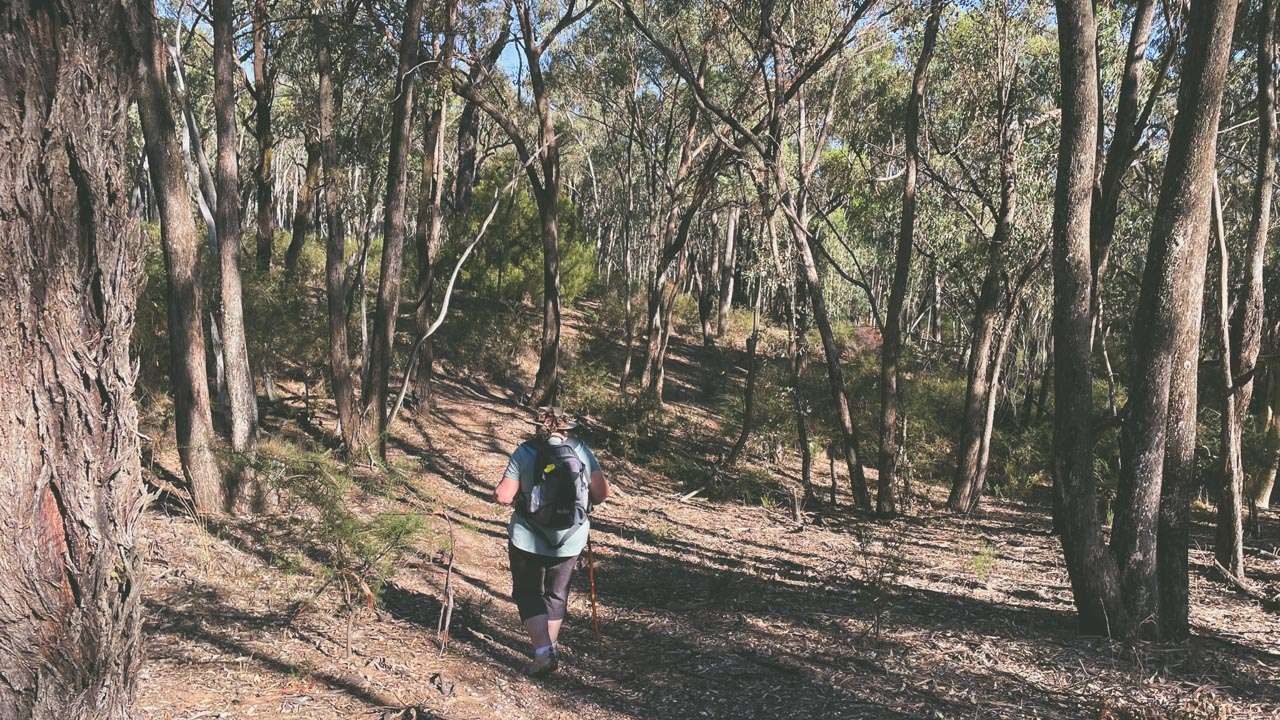
Amanda On Scotts Loop The Valley And Echidna Track
